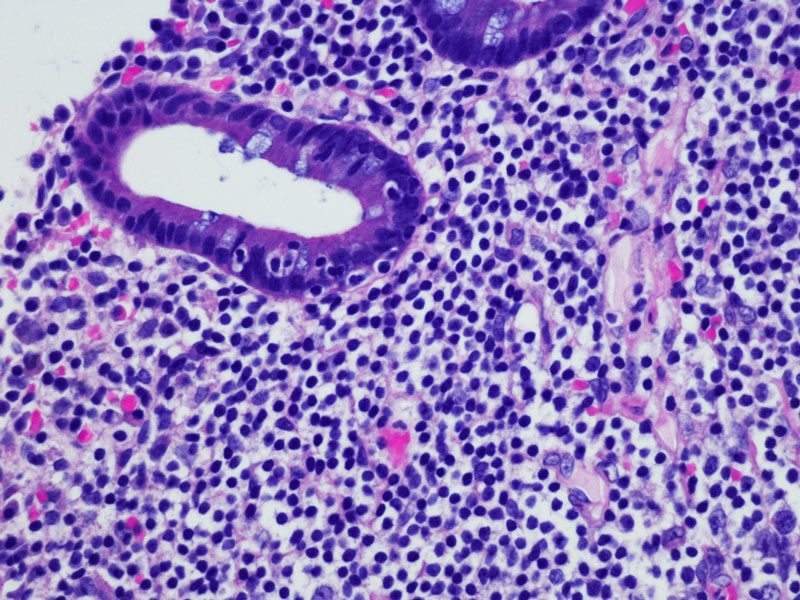
Researchers at Georgia State University in the US have developed a new blood test for the diagnosis of lymphoma and melanoma, two different types of cancer.
The test involves the use of mid-infrared spectroscopy, which is used to characterise biological samples at molecular level, to examine blood serum.
During a preclinical study, the researchers analysed samples derived from experimental mice with non-Hodgkin’s lymphoma and subcutaneous melanoma.
It was observed that infrared spectroscopy could identify biochemical changes that are induced by the cancers.
Based on these findings, the researchers concluded that the test has potential as a diagnostic technique for screening these conditions.
Since early diagnosis and treatment of the condition could improve chances of survival, the new test is being developed as a quick and reliable alternative to existing time-consuming, invasive and costly diagnostic regimen.
How well do you really know your competitors?
Access the most comprehensive Company Profiles on the market, powered by GlobalData. Save hours of research. Gain competitive edge.

Thank you!
Your download email will arrive shortly
Not ready to buy yet? Download a free sample
We are confident about the unique quality of our Company Profiles. However, we want you to make the most beneficial decision for your business, so we offer a free sample that you can download by submitting the below form
By GlobalDataThe researchers intend to use the data collected on biomarkers of the cancers to develop detectors that could be used by doctors to test blood samples for these conditions.
Georgia State University professor Dr Unil Perera said: “This study shows infrared spectroscopy can identify cancer.
“Right now, when you go to the doctor, they do blood tests for sugar and several other things, but not for serious diseases like cancer and colitis.
“If you are a healthy person, there is a range that is normal. One day, we hope that even these serious diseases can be rapidly screened.”
According to the university, the doctors could track and monitor a patient’s test results from infancy through the years to identify the beginning of change.
A computer programme and available statistical analysis software could be used to compare the data and detect any significant differences.
Perera added that the findings can be used to develop diagnostics for the health care of melanoma and lymphoma patients by analysing body fluid samples collected with relatively low risks.



